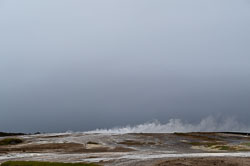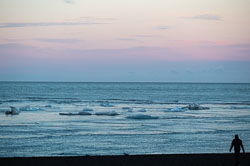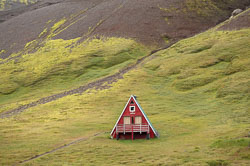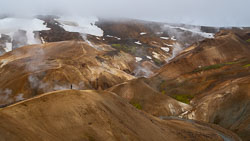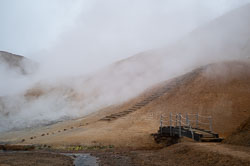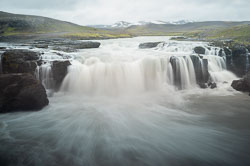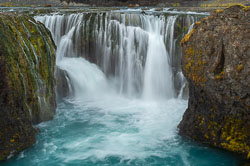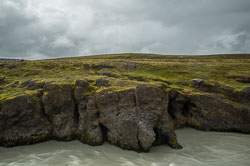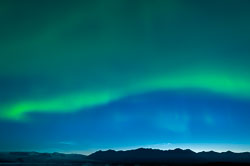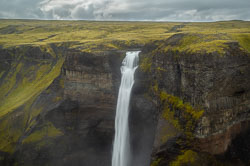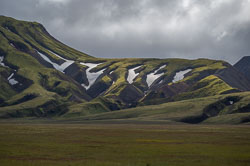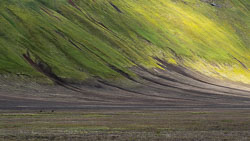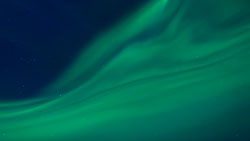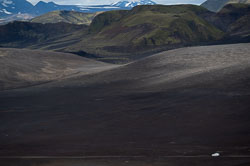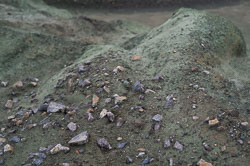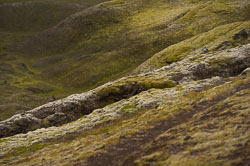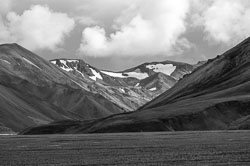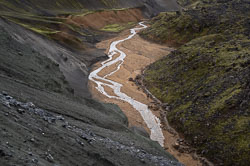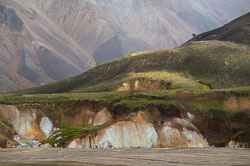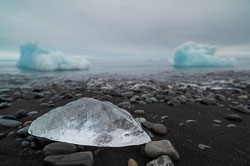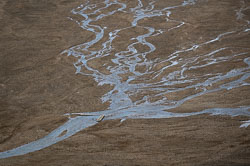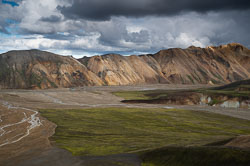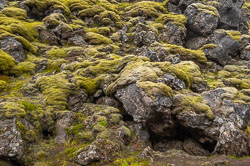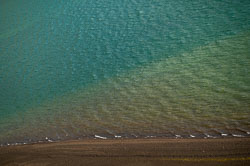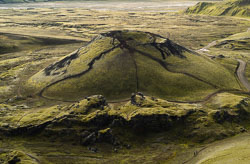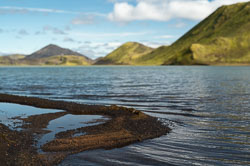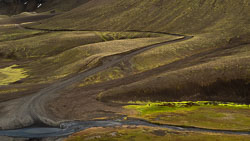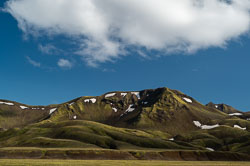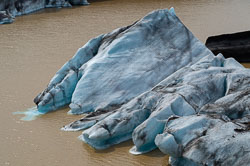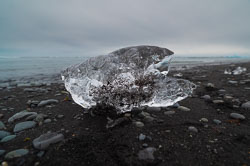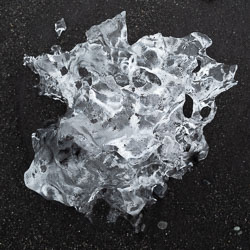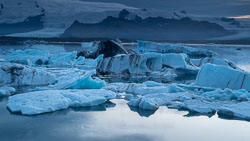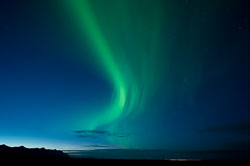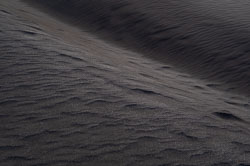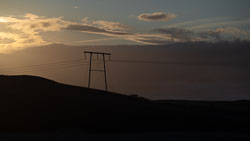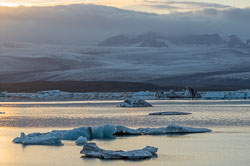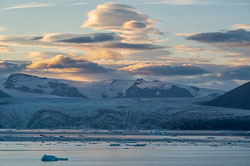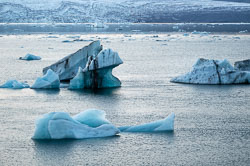Southern Iceland
Learning New Skills at a Photography Workshop by David Knoble on April 18, 2019
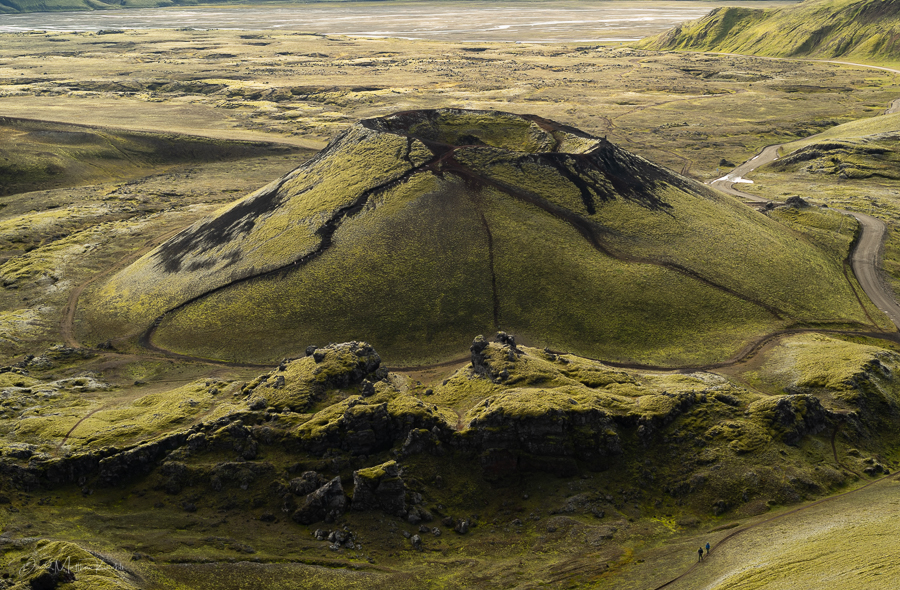
This article was first published in Viewfinder, Volume 52, No 1 of the International Leica Society, LHSA.
My trip started with a delay from the Charlotte airport to New York. The problem was compounded because my once-a-day flight to Iceland was leaving before I was supposed to land. Ultimately, from my New York gate, I ran to a bus, rode across the tarmac and then ran down another concourse to be the last passenger to board. Breathing hard, I was incredibly glad I only had two bags - one backpack and one duffle - no checked baggage!
Over the next 10 days I was glad to have little luggage and one very weathertight camera with plenty of batteries and warm clothing. It took a single day to fall in love with this very unique country and its incredible history. Just as great was the 4 months leading up to the trip - planning what gear to take, thinking about what I would learn about landscape photography, and researching history of this tiny country. Best of all, my expectations were exceeded in every way.
I have a background that includes photography. I dabbled in high school as the yearbook photographer and I taught black and white film photography at UNC Chapel Hill. Keep in mind that film photography was a physics course with chemistry thrown in. Today, journalism departments teach digital photography focusing more on the artistic process. Yet, the one common theme from my darkroom days to today is that I love to learn about photography and improve my craft. Its no wonder, then, the largest source of my learning is surrounding myself with photographers that have better skills than mine. A great resource for learning is attending a photography workshop.
This workshop in Iceland gave me an opportunity to step-up my skills. Five months later I’m still culling my images to try and create a 50 to 80 image book that contains the best images from the trip. Needless to say, I’m still going through images to pick the final group.
There were about 15 of us in total. Cameras ranged from the Leica Q, M’s, a Monochrom, SL’s and S’s. Because this trip focused on landscape work, I took an S007 and 3 lenses (24mm, 35mm and 180mm). True to many workshops, I was able to borrow a 70mm lens during our time, which I used for a good number of images. The point is any size and style of camera worked on this trip. Extra batteries and a sturdy tripod were the common gear we all shared and we all loved photography.
The first day we had some misty weather and spent time photographing an array of geysers. We stopped at an area called Geysir with one of the oldest recorded geysers in the world. Coincidentally the source of the name geyser today comes from this Icelandic area. My love of writing and research led me to a story about an area called Hveravellir, meaning hot spring fields, which we visited. Hveravellir contains a hot spring named Eyvindarhver that looks like a roaring monster spitting through its mouth. I learned later it was named after an outlaw, Fjalla-Eyvirdur who hid in this area and cooked his food on this spring.
Iceland is full of active volcanoes, and we spent a significant time in the Highlands of central Iceland visiting colorful areas with lava-fields from volcanic eruptions over time. Kerlingerfjöll, or the Red Mountains, was one incredible area full of red volcanic Rhyolite highlighted with blues and greens, and surrounded by steaming vents. In other areas I climbed any mountain trail available to get better views. In Hanusapollur (Crater Lake), we were rewarded with views into other older craters of black dirt and red rims. We spent some time at Frostastadavatn Lake (Lake of the Frosty Place) which had rewarding colors and, if you were willing to climb, an outstanding view of a moss covered crater. Because we were all there to photograph, we were not rushed. So we spent time framing and setting exposures. Simply walking on a tour, these images would not have been possible.
One of the new skills I learned was the use of glass filter system, great for landscape work. I have used colored filters for almost 40 years to enhance the contrast of black and white film, and neutral density filters are great for daylight photographs using wide open Summilux or Noctilux apertures. But these filters were square and had different types of graduations. Some filters were neutral density, but with special coatings to avoid reddish casts on the digital sensors over long exposures. The first opportunity we had to use these filters was at a waterfall called Sigoldufoss, “foss” meaning “falls.” We learned how to cut the light from either the top half or the bottom half of the image and also lower the light so we could slow the exposure and blur the water. So, we began to learn how to manipulate the exposure to get our final image in the camera, avoiding too much post processing.
In my last article you saw what I learned about photographing the Northern Lights, or the Aurora. My first time viewing such a spectacular event in nature, I learned about the exposure process for that night-time phenomenon in this workshop. There is much more we learned than I could fit in just one article. The additional benefit besides learning more about exposure and the specific camera we used, was the friendships we made. Meeting people from around the United States, and some from South America was an equally great experience. We were there in common purpose, but we all had things to share that brought us closer together. I learned about a printing software light-years ahead of what I was using that I now use for all my prints (thank you Peter!). I learned about a great technology solution to hang a high resolution and wide gamut screen up on my wall that I can update with new photographs while out in the field for my family to see (thank you Tony!). I got to see some great photographs of an operating room and see a perfect bracket for attaching my S to a tripod (Thank you Tony-2!). I came home with no less than 10 great ideas I learned from participants like myself and I stay in touch with some of these people still.
Not everyone will be able to take the time to attend a workshop at a location like Iceland. But the results of a workshop are the same no matter where you go and how long you spend. The increase in knowledge and ability will foster new ideas in your own work. I learned much more than I thought from a documentary workshop at the Ohio State Fair and I have used that knowledge to create a documentary about part of Bayonnais, Haiti. I learned from life-long successful and passionate photographers at the LHSA Spring Shoot in Sante Fe during 2017. I am hoping to get down to Miami for the Street Festival one year.
I do not often give advice, so we’ll just call this experience. If you want to stretch yourself further and learn more, find a photography workshop to attend. There are local clubs in many towns that put on workshops. There are many drop-in workshops around the larger cities and especially good one-day workshops at Leica stores around the country. The LHSA Spring Shoots held each year are a great time to meet fellow members and spend time walking and taking images. I am confident you will be rewarded with at least one new friend and one new idea to boost your own photographic work. So let’s go take some more photographs!

